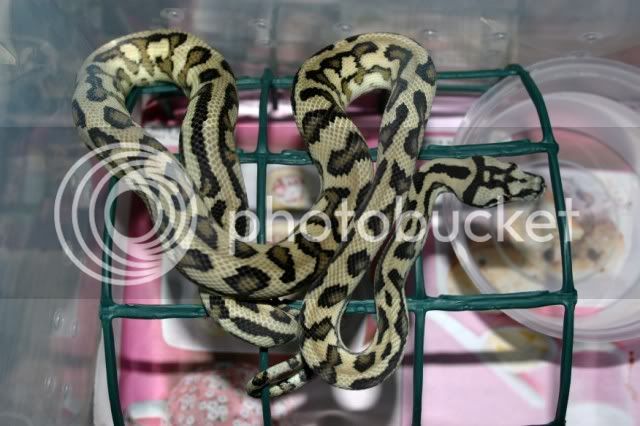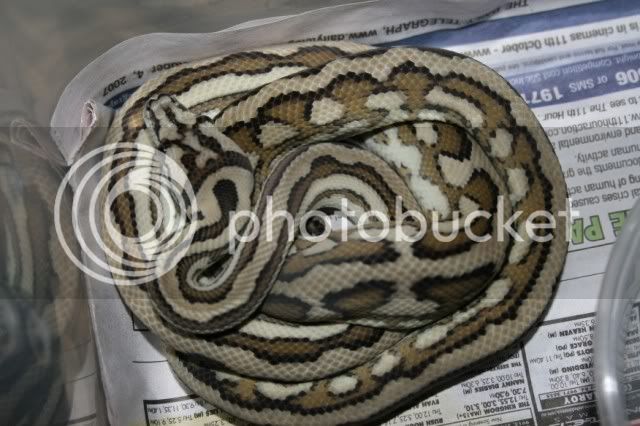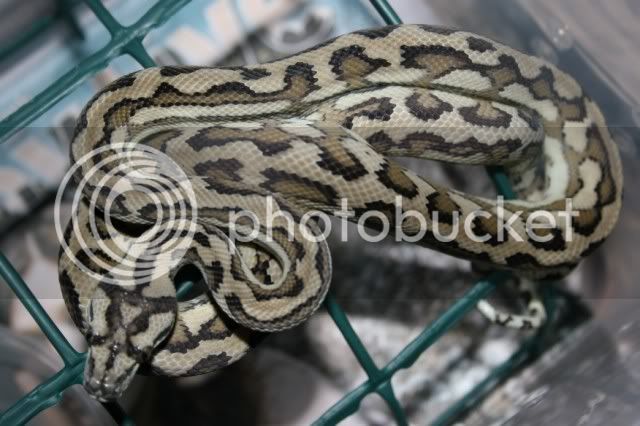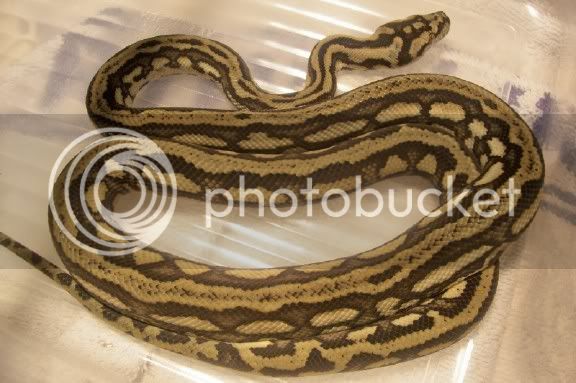Absolutely disagree with the above statement and totally agree with SnakePower below

Hi,
Great points

I think there is very little understanding of the perceived boundaries we as researchers,scientists,hobbyists, etc...set for these animals. There is still intense debate that rages to this day on what even defines a "species". In the past the Biological Species Concept was widely accepted, but that too was only after intense debate and nowadays we have DNA sequences to compound issues rather than solve them (well, sometimes anyway

).
Many people hate "hybridising", or crossing of one "species" to another. The same folk will accept the crossing of variants, ssp., colour forms, etc..... The fact remains, a species is only roughly defined as we see it at a given point in time (of course sp. are not static) and at best still a guess to this day. Personally, I'm trying to draw a line right now to breed locality forms as best I can, but it's a choice and who the hell am I to say that breeding one entity that is different in ANY form to another is the right or wrong thing to do. I can read a published species defintition that tells me I have a
Morelia bredli, but is that animal as different to any other
Morelia sp. as the paper suggests, or is it more of what we might believe to be a subspecies (ssp.) of the
M.spilota complex as the group is best defined today. Next year a published and peer reviewed paper might suggest a different classification for the animals in question......in 10 years time the whole concept of the group as we once knew it may be totally different.
The best we have are the current "general" understandings of the classification system (not whether or not they are taxonomically considered correct, this is really irrellevant, as I hoped to point out) and it gives us as a group of hobbyists something to work with. Where you draw the line must surely be up to you, but I would always think, beware the wrath of those that still follow and believe in the static defintion of a species, let alone those that are messing with nucleac DNA (hope I said that right, LOL) and radical systematists! A classical taxonomist may only strangle you peacefully

Until I could understand the group further (and I'm so far from having knowledge on the group it's just not funny), the best I think I can do is stick to locality groups to keep some form of solid genetic variation within the all important captive population, which is I think the aim of most of the breeders here in Australia anyway. In Europe it seems to be a really big problem from what I've seen, and heard it's hard t find a pure lined animal from ANY locality nowadays....some of the lines may look awesome for sure, hence I guess, the argument...
Cheers,
Steve





